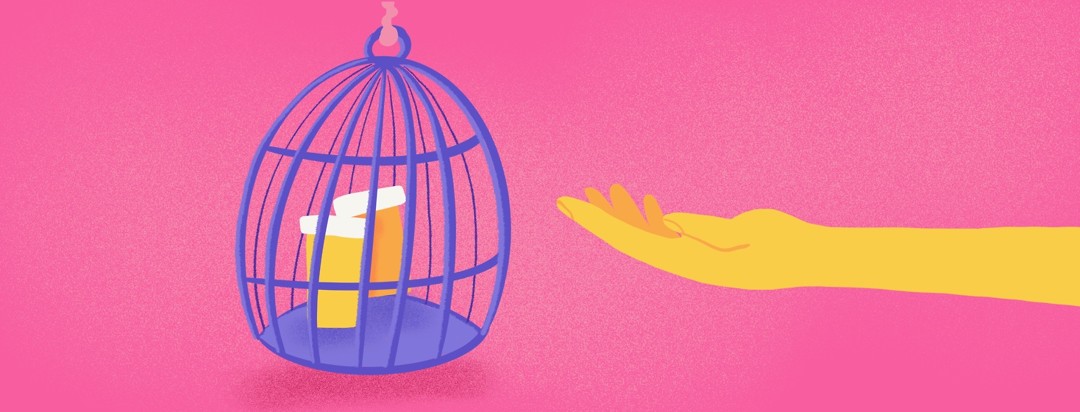The Stigma Around Pain and Medications
Chronic pain can be difficult to manage. Unfortunately, chronic pain and its treatment may also have accompanying stigma that makes this issue even more frustrating to navigate. The nature of pain being an invisible ailment, along with the rise of the opioid crisis in America, has transformed many aspects of this complex issue in recent years.
Invisible conditions and stigma
Unlike a broken leg in a cast, pain is invisible to the outside observer. This makes it hard for others to truly understand how severe pain may be. It’s possible for individuals in chronic pain to be stigmatized, or unfairly or incorrectly judged, for their experiences with pain. Common examples of stigma when it comes to chronic pain include labeling an individual as a complainer, attention-seeker, or lazy (if is perceived that they are lying about their pain to get out of work or other responsibilities). Coping with these unfair judgements and labels can make navigating life quite challenging for those in pain.1
The rise of stigma around pain medication
In recent years, a new kind of stigma has arisen along with the opioid epidemic. This perception is that individuals with chronic pain may be drug-seekers looking for opioid medications. This frustrating judgment can be held by friends, family members, and even healthcare providers. When healthcare providers are the ones making this judgement, it can impact the way an individual in pain is medically treated, and limit their access to certain pain-relieving therapies.2 Most healthcare providers will consider the risks of addiction and other opioid-related side-effects before prescribing opioids, especially if an individual has a past history of addiction.
The opioid crisis refers to the increasing prevalence of opioid-related overdoses and deaths since their introduction in the 1990s. Opioids include legally prescribed pain medications like oxycodone and morphine, as well as illegal substances like heroine and illegally-produced fentanyl. Roughly 115 Americans die each day due to an opioid-related overdose, and 350,000 individuals have died between 1999-2016 as a result of an opioid-related overdose.3 These numbers have become so severe, that the prescribing of opioids has decreased dramatically. Many states have regulations on opioid prescriptions, and research into alternative pain relief methods and treatment for those struggling with addiction is growing.
Stigma and worsening health outcomes
As mentioned, research into chronic pain management has been increasing in recent years, especially since the opioid epidemic has reached new heights. In addition to finding alternate methods of pain relief to replace opioids, many studies are looking at the impact of chronic pain on emotional, physical, and mental health. Coping with the stress and frustration of not feeling validated or believed can be a significant challenge faced by some with chronic pain. This struggle has been linked to increased emotional distress, issues with self-perception and self-identity, depression, anger, a decrease in pain control, and feelings of isolation, among other negative health impacts.4,5
Battling stigma through support
Finding the right sources of support may help an individual cope with the stress of chronic pain and the stigma that comes along with it. Assistance can often be found through support groups that contain individuals who are going through similar experiences or who are also navigating life with pain. These support groups are often of varying sizes, and can be found in person or online. It’s important to remember that if you or a loved one is experiencing mental health distress as a result of chronic pain or its stigma, there are sources of additional support available. Mental health professionals, like counselors or therapists, may help an individual mentally and emotional cope with the stressors of life with chronic pain.

Join the conversation